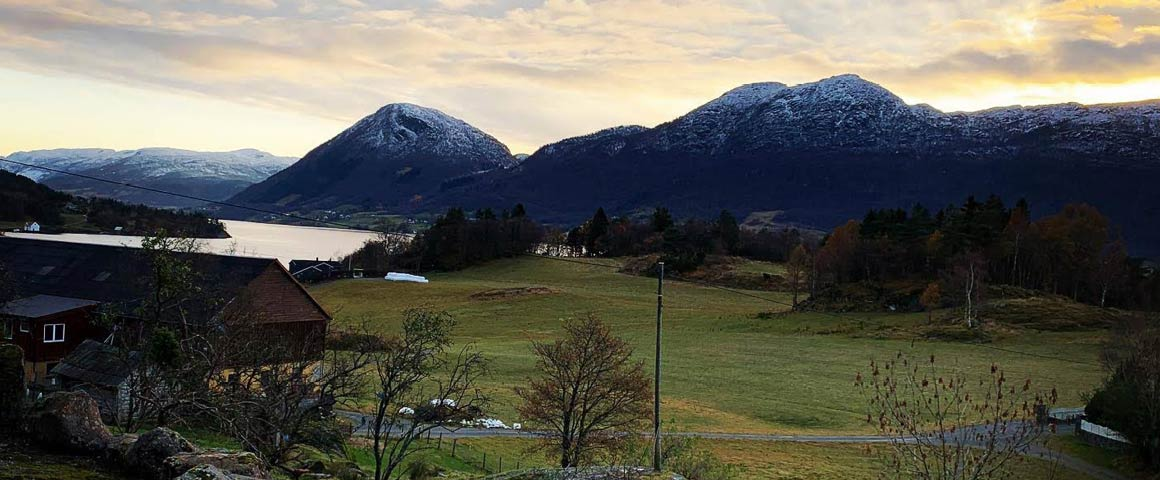
New life for Telenor’s old copper network
Fibre and mobile solutions are to take over from Telenor’s old copper network in Norway and Ragn-Sells is one of three operators that are helping with this. The job involves emptying, stripping out and reconditioning old rooms or buildings. The equipment itself is to be given a new life.
27 Mar 2020- We are already well underway, and we’re now in round two. In spring 2020 we will be reconditioning over 3,000 poles and 450 cabinets. The areas we have been allocated are Vestland county and former Buskerud, now Viken county municipality. In round one, which is now completed, we were allocated Møre og Romsdal, says Anna Vårheim, project manager at Ragn-Sells Norway.
Old buildings need to be emptied out and partially or completely demolished. All posts, cabinets, cables, wires, switch cabinets and masts/reflectors in every municipality in the country that are owned by Telenor have to be physically reconditioned.
A lot can be re-used
The 110-year-old copper network was ultramodern equipment in its day, but it was analogue. Now, it is to be digitalised. Many of the old objects are located in private homes, public buildings and as part of the old overall defence system. Nowadays, all the good, old stuff is being replaced by fibre and mobile solution.
- We are making sure that all posts, cabinets, telephone boxes and such like are removed and that the materials are re-used, continues Anna Vårheim. Any technical equipment that is still usable is returned to Telenor for re-use. In addition, the local economy will make use of any materials that are still of good quality. Hazardous waste that mustn’t go into circulation is kept back and sent off to be properly processed.
Old coordinate system and lush countryside
- The old coordinate system is not as accurate as the current GPS system. As a result, we’re having to do some detective work in order to hunt out the objects that are to be removed. Discrepancies can be hundreds of metres and buildings might not be where they are shown on the map. But our guys are really good at finding solutions, so we’ll get there, says Vårheim.
The equipment to be removed is up in the hills, at the bottom of lush valleys and in small villages. It is no longer doing any good where it is, and removing it will be doing the natural world a favour.
- It’s a win-win situation: we’re removing the outdated equipment from the natural environment so that it can be given a new life. We’ve also had a chance to see some beautiful countryside in both its autumn and winter coats, and soon we’ll be seeing it in its spring finery. The work in round two will be finished in summer 2020. It’s good to be able to help tidy up these areas, says Vårheim in conclusion.
Common types of waste in the project
The most common types of waste dealt with in this project are copper wiring, EEE waste, scrap metal, creosote-impregnated timber, CCA-impregnated timber and some asbestos.